Walter Valentini
Etching on Colombe Duchêne paper from the Moulin De Larroque paper mill
37x27 cm.
signed and numbered by the artist on the front
No./100 copies in Arabic numeration and XXX in Roman numeration
published art edition
2010
Each graphic work is accompanied by certification of authenticity and provenance (signature and embossed stamp with description, photographic reference and numbering) issued in accordance with the law as authorized parties.
TIPS FOR A SAFE AND VALUABLE PURCHASE
Like a unique authenticated work, even an original and authorized art graphic must always be accompanied by the certificate of authenticity from the authorized print publisher.
This is the only way to be sure of purchasing an original, quality and valuable work.
Numbering should always be present and P.A artist's proofs, which are often innumerable and undefined, should be in a limited and declared number (see Venice Declaration - 25/10/1991)
Most serious publishers, in fact, also number artist's proofs.
--
BIOGRAPHY
Walter Valentini (Pergola, Oct. 22, 1928) is an Italian painter, sculptor and printmaker, internationally recognized in the field of graphic design and printmaking. He is a master of such techniques as etching, aquatint, drypoint, multi-color lithography, and intaglio.
As an artist he established himself in the 1980s with a series of abstract works on panel and paper, all characterized by a precise sense of geometry, proportion and rhythm.
Valentini's geometric imagery is influenced by the twentieth-century Russian avant-garde (Constructivism) and, marginally, by the architecture painted by de Chirico in the Metaphysical period, but it is based above all on the sense of harmony and proportion investigated by Italian artists of the fifteenth century: Leon Battista Alberti's De pictura, De re aedificatoria, De statua, Piero della Francesca's De prospectiva pingendi, and Luca Pacioli's De divina proportione are treatises on perspective and the golden rule that would guide all of Valentini's research on space, forms, and their balance.
Astronomy and cosmography will also be important sources of inspiration for Valentini. His approach to architecture and celestial mechanics is mathematical and rigorous, but not without its own poetry. Shy and distant from schools, currents and artistic groups, he declares his admiration for the works of Paul Klee, Fausto Melotti and Osvaldo Licini; he will cultivate the friendship of artists such as Luigi Veronesi, Emilio Scanavino and Hans Richter.
He taught printmaking art at the "New Academy of Fine Arts" in Milan, of which he was also director, from 1983 to 1985.
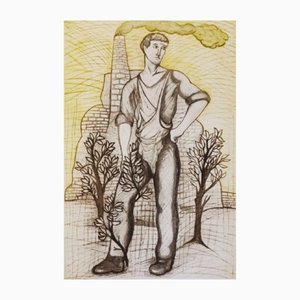
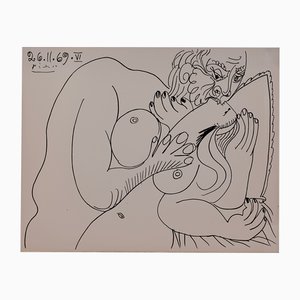
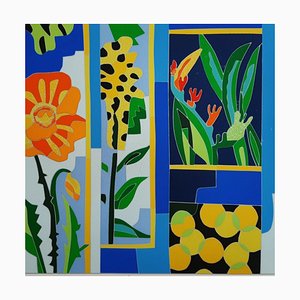
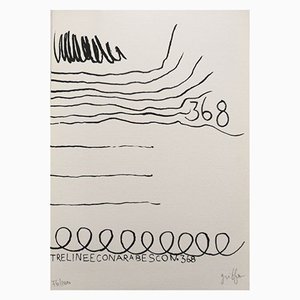
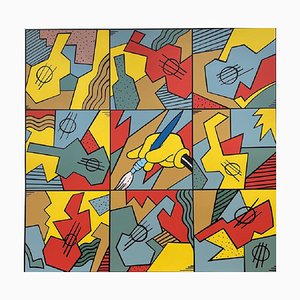
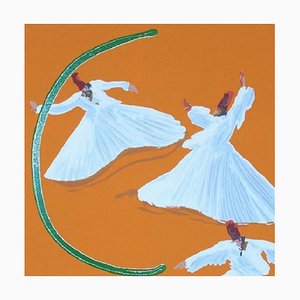
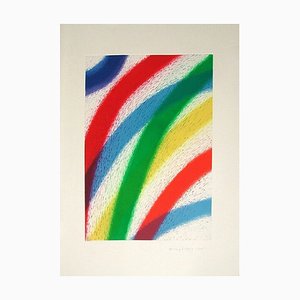


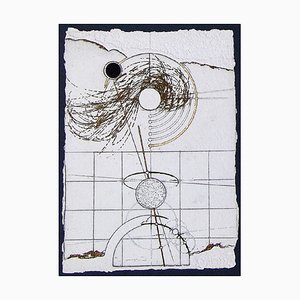
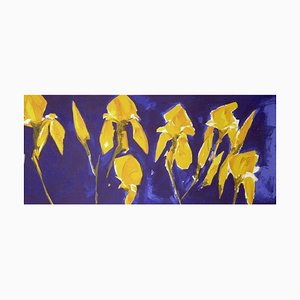
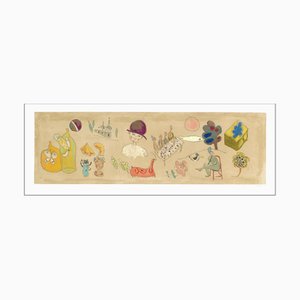

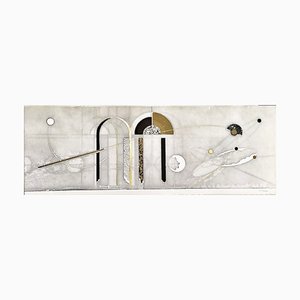
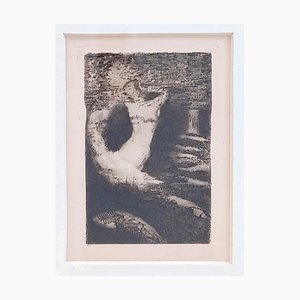
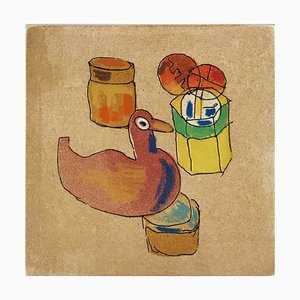
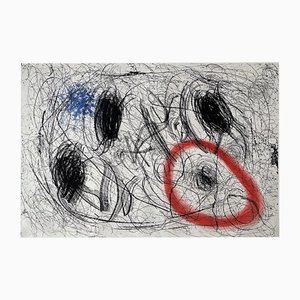
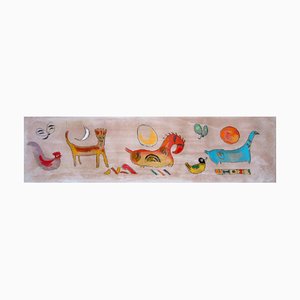

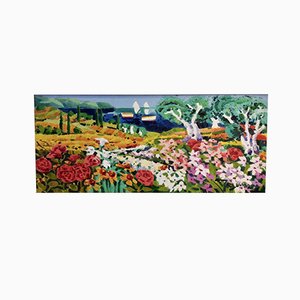
Get in Touch
Make An Offer
We noticed you are new to Pamono!
Please accept the Terms & Conditions and Privacy Policy
Get in Touch
Make An Offer
Almost There!
To follow your conversation on the platform, please complete the registration. To proceed with your offer on the platform, please complete the registration.Successful
Thanks for your inquiry, someone from our team will be in touch shortly
If you are a Design Professional, please apply here to get the benefits of the Pamono Trade Program